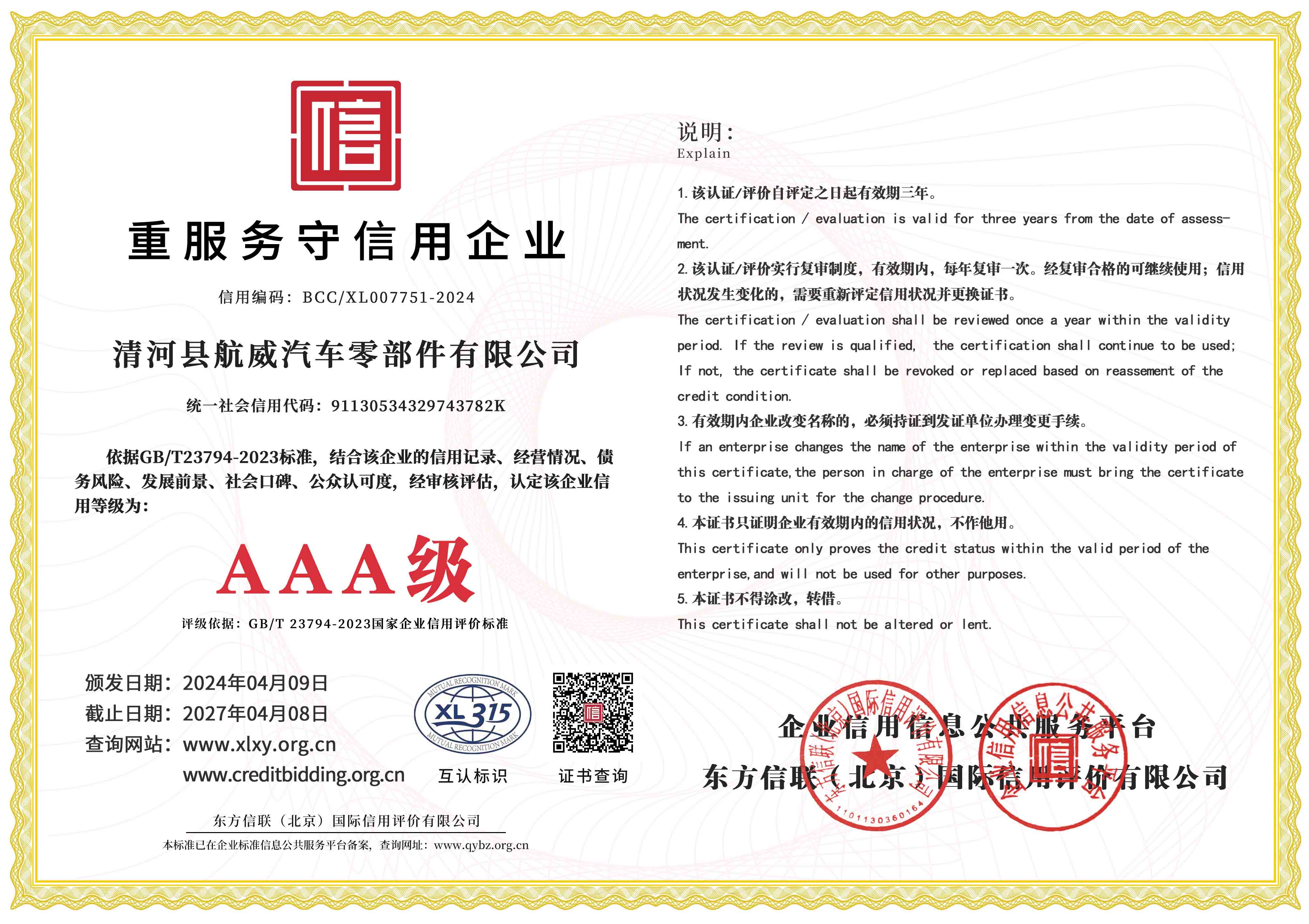Vehicle acceleration control cable for smooth throttle response and enhanced performance
Understanding the Car Throttle Cable Essential for Engine Performance
The throttle cable is a vital component in the engine management system of many vehicles. It serves as the linkage between the accelerator pedal and the throttle body, controlling airflow into the engine and, consequently, engine performance. This article delves into the importance of the throttle cable, its function, types, and maintenance tips to ensure a seamless driving experience.
What is a Throttle Cable?
The throttle cable is typically a flexible steel wire housed within a protective sleeve. It connects the accelerator pedal to the throttle body, which regulates the amount of air that enters the engine. When the driver presses the accelerator pedal, the throttle cable pulls on the throttle body, allowing more air to enter the engine. This increase in airflow improves combustion, resulting in higher power output and acceleration.
Although many modern vehicles use electronic throttle control systems, where sensors and actuators replace the traditional cable system, the throttle cable remains prevalent in older and some newer models. Understanding its operation is crucial for vehicle owners and mechanics alike.
Importance of the Throttle Cable
The throttle cable plays a crucial role in several aspects of vehicle performance
1. Acceleration Response The efficiency with which your car accelerates depends significantly on the throttle cable's condition. A worn or stretched cable can lead to delayed throttle response, affecting overall driving performance.
2. Fuel Efficiency A properly functioning throttle cable ensures optimal air intake, which leads to efficient fuel combustion. A malfunctioning cable can result in suboptimal air-fuel mixture and higher fuel consumption.
3. Engine Performance The throttle cable directly affects engine throttle opening. If the cable is too loose, it may not fully open the throttle body, leading to reduced power output. Conversely, if it's too tight, it can cause the throttle to stick, leading to dangerous driving conditions.
Types of Throttle Cables
There are generally two main types of throttle cables
car throttle cable

1. Single Throttle Cable This is the most common type, used in many vehicles. It connects the accelerator pedal directly to one throttle body.
2. Dual Throttle Cables Some performance vehicles may use dual throttle cables for better control over individual throttle bodies in multi-throttle systems, enhancing the overall engine response and performance.
Signs of Throttle Cable Issues
Being aware of the signs that indicate a throttle cable problem can help you address issues before they become severe. Common symptoms of a faulty throttle cable include
- Sticking Throttle If the throttle does not return to idle when you release the accelerator pedal, it may indicate a worn or frayed cable. - Delayed Throttle Response A noticeable lag in acceleration can signal that the cable is stretched and not transmitting the full pedal movement to the throttle body. - Unusual Noise Any grinding or scraping sounds when pressing the accelerator can indicate issues with the cable or its housing.
Maintenance Tips
Maintaining your throttle cable is essential for ensuring optimal performance. Here are a few tips
1. Regular Inspection Periodically check the throttle cable for signs of wear, fraying, or corrosion. Look at the connections at both ends to ensure they are secure and functioning smoothly.
2. Lubrication If your vehicle has a traditional throttle cable, applying a suitable lubricant can help minimize friction and wear, leading to smoother operation.
3. Replace When Necessary If you notice any of the signs mentioned earlier, it’s critical to replace the throttle cable promptly to avoid further damage to your vehicle or potential safety hazards.
Conclusion
The throttle cable is an integral part of vehicle operation, influencing acceleration, fuel efficiency, and overall performance. Understanding its function and signs of potential issues can help vehicle owners maintain their cars better. Regular checks and basic maintenance can go a long way in ensuring your throttle cable operates smoothly, contributing to a safer and more enjoyable driving experience. Whether you are a car enthusiast or a casual driver, being attentive to the state of your throttle cable can make all the difference in preserving your vehicle's performance and reliability.
-
Workings of Clutch Pipe and Hose SystemsNewsJun.04,2025
-
The Inner Workings of Hand Brake Cable SystemsNewsJun.04,2025
-
The Secrets of Throttle and Accelerator CablesNewsJun.04,2025
-
The Hidden Lifeline of Your Transmission Gear Shift CablesNewsJun.04,2025
-
Demystifying Gear Cables and Shift LinkagesNewsJun.04,2025
-
Decoding Clutch Line Systems A Comprehensive GuideNewsJun.04,2025
